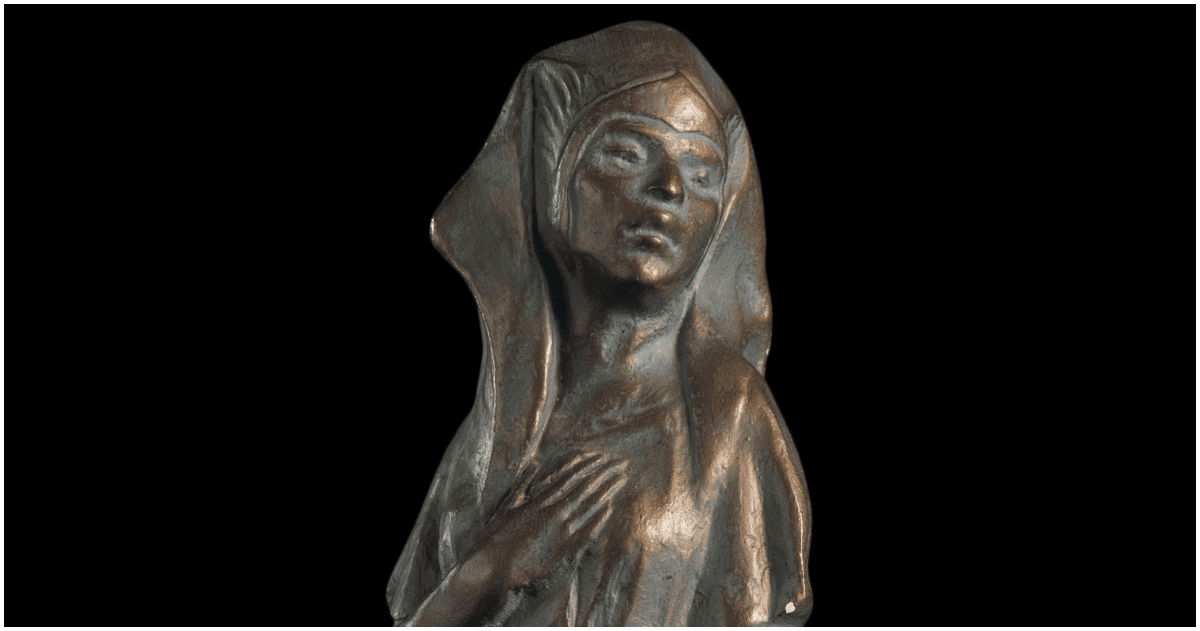Meta Vaux Warrick Fuller, a groundbreaking sculptor, changed the artistic landscape in America. As the first Black woman to receive a national art commission, she brought bold, thought-provoking works to the forefront. Her pieces gave a voice to the struggles and triumphs of Black Americans, inspiring generations.
A Trailblazing Moment in Art History
In 1907, Fuller earned national recognition for her dioramas at the Jamestown Tercentennial Exposition. This work, commissioned by the U.S. government, marked the first national art commission awarded to an African American woman. The dioramas depicted key moments in Black American history, including the arrival of enslaved Africans and a college commencement at Howard University. Fuller meticulously created over 130 plaster figures for the project.
This achievement was not without challenges. Despite her undeniable talent, Fuller faced discrimination in the American art world. However, she persisted, using her art to reflect the realities of Black life. One of her most acclaimed works, Ethiopia Awakening (1921), symbolized the dawn of the Harlem Renaissance. This life-sized bronze sculpture portrayed an Egyptian-inspired woman, embodying pride and resilience.
A Protégé of Auguste Rodin and Advocate for Black Stories
Fuller’s artistic journey began in Philadelphia, where she grew up in a middle-class family. She studied at the Pennsylvania Museum and School of Industrial Art, later continuing her education in Paris. In France, she met renowned sculptor Auguste Rodin, who recognized her exceptional talent, calling her a “born sculptor.” The French press celebrated her as a “delicate sculptor of horrors” for her ability to portray anguish and complexity.
Her European acclaim didn’t shield her from challenges back home. Like her contemporary Henry Ossawa Tanner, Fuller faced barriers as a Black artist in America. Yet, she created powerful pieces that resonated deeply with the Black community. Her work often tackled themes of struggle and resilience, such as her response to the 1918 lynching of Mary Turner. Fuller’s sculpture of a mother shielding her baby from flames and hands symbolized the harsh realities of racial violence.
Preserving Fuller’s Legacy
Fuller’s art remains significant, though much of her work was tragically lost to a 1910 warehouse fire. Fortunately, some of her creations survived and are preserved in institutions like the African American Museum in Philadelphia. The museum houses two of her plaster figures, including a model for Ethiopia Awakening. These pieces continue to inspire and educate new audiences.
Beyond sculpture, Fuller contributed to poetry and theater in her later years. She designed sets and costumes for local productions, demonstrating her versatility. After her death in 1968, her papers were acquired by the Schomburg Center for Research in Black Culture. Today, historical markers in Philadelphia honor her groundbreaking achievements.
A Lasting Impact on Art and Culture
Meta Vaux Warrick Fuller’s legacy is a testament to courage and creativity. She defied societal norms, proving that Black women could excel in fine arts. Her works, such as Talking Skull and Mary Turner, continue to evoke powerful emotions and spark important conversations.
“She was a voice of her time,” said Dejay Duckett, vice president of curatorial services at the African American Museum in Philadelphia. “She used her talent to say, ‘We are here.’”
Fuller’s artistic vision reshaped America’s understanding of Black history and culture. Her courage to create in the face of adversity serves as an enduring inspiration for artists everywhere.





